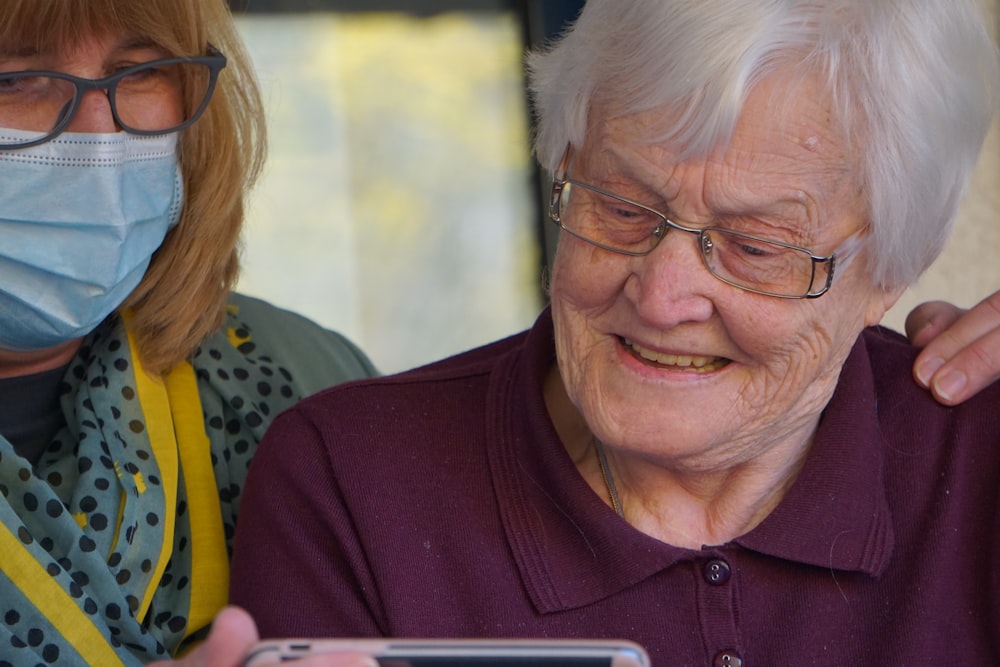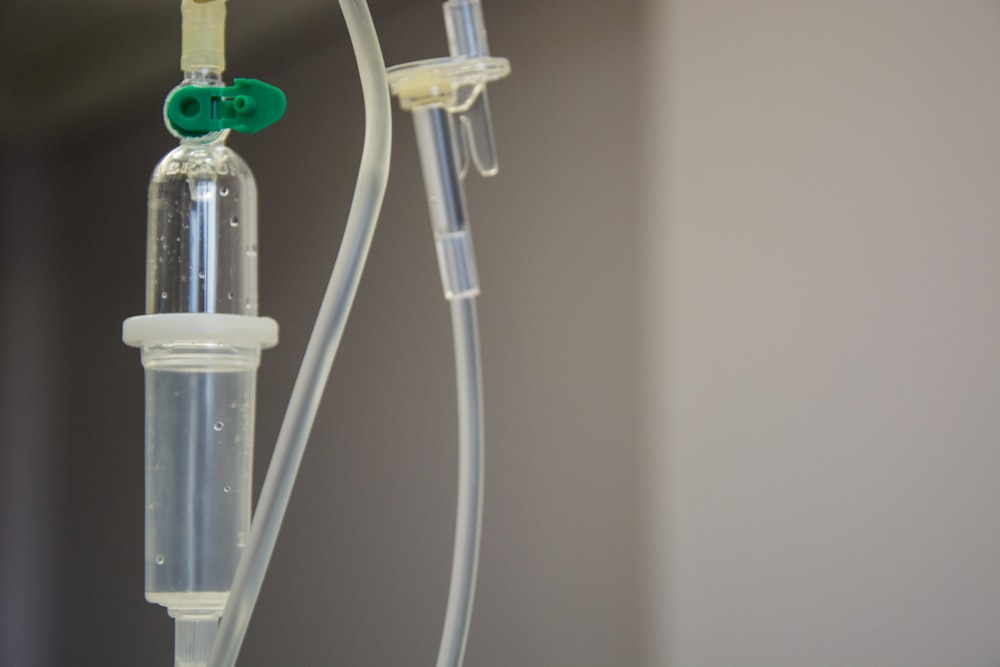The use of hospice care in the US is increasing as a growing number of patients and families look for support from dedicated hospice teams. These experienced teams consist of people like doctors, nurses, and social workers. Hospice care focuses on the comfort, care, and quality of life of a person with a condition that cannot be cured. With in-home hospice care, patients can stay in the comfort of their homes instead of a medical facility. Keep reading to discover more about the human-centered design in home hospice care.
In-Home Hospice Care
Photo by Marcelo Leal on Unsplash
Human-centered design in a home hospice setting is a methodology that places the patient and their families at the focus of the care process. This methodology aims to thoroughly understand the needs, behaviors, and experiences of the patient. As a result, effective solutions can be implemented that cater to the unique requirements of the patient.
In practice, a patient’s hospice team will start visiting the patient at their home to check on the person’s health. The team will then work with the patient’s physician so that they can plan safe and effective care for the patient. Technology is often used to improve health and ensure that timely and individualized care is provided for the patient.
Healthcare providers like physicians are generally aware of the planning that goes into in-home hospice. Consequently, they can usually provide the best counsel and recommendations for hospice teams, patients, and families. In addition, they can make changes to individualized patient medication requirements based on how their needs change.
The Patient Experience
Photo by Georg Arthur Pflueger on Unsplash
A patient can request that the hospice team visit their home several times a week to provide personal care. This includes helping with mobility and transfers, which is often assisted by equipment like a medical recliner chair. Also, the hospice team usually helps with feeding, bathing, and grooming.
Families of people who receive hospice care are generally more satisfied with how their loved ones are treated. Furthermore, people who receive hospice care are more likely to have their pain effectively controlled than patients who don’t receive hospice care. A high level of dignity and respect for the patient’s needs are primary concerns in hospice care.
Some of the main goals are to provide medical, social, emotional, and spiritual support. This approach is often referred to as holistic care. The different aspects of holistic care can change according to the feedback of the patient and family.
Although hospice care offers plenty of support, the daily care of a person at home is also provided by family and friends. Nurses and other people on the hospice team can teach family members how to care for their loved ones in the final stages of life. They can also step in to provide respite care when primary caregivers need short-term relief.
Accepting help from others is often recommended, as it can provide much-needed stress relief for the primary caregiver. Respite care can last just a few hours or be as long as a few weeks at a time, giving primary caregivers a chance to rest.
Infusion Therapy at Home
Photo by Marcelo Leal on Unsplash
Infusion therapy involves the intravenous administration of fluids or medications directly into the bloodstream to treat various conditions. Patients who need medications to be administered intravenously can be treated in their homes. A qualified nurse will usually work with a doctor to administer infusion therapy treatment safely and effectively. This allows a patient in hospice care to recover comfortably in their own home.
Infusion therapy at home can be particularly useful when there needs to be complete control over the dosage and the pace of administration needs to be regulated. Certain types of medications can lose their effectiveness when taken orally. For this reason, it’s necessary for some patients to use infusion therapy instead.
Health research has shown that infusion therapy can be used for various conditions, including multiple sclerosis, myasthenia gravis, neuropathic pain, and type 1 diabetes. It can deliver a wide range of treatments, including antibiotics, antifungals, and immunotherapy.
In Conclusion
In-home hospice care is suitable for patients who have a terminal illness and do not need medical care on a 24/7 basis. Studies have revealed that the majority of people would rather spend the later stages of their lives in their homes than in a medical facility. Furthermore, people who receive hospice care in their homes report a higher level of satisfaction than those in other settings. In addition, hospice teams can use technology to provide personalized interventions and administer treatments like infusion therapy at the patient’s home.








